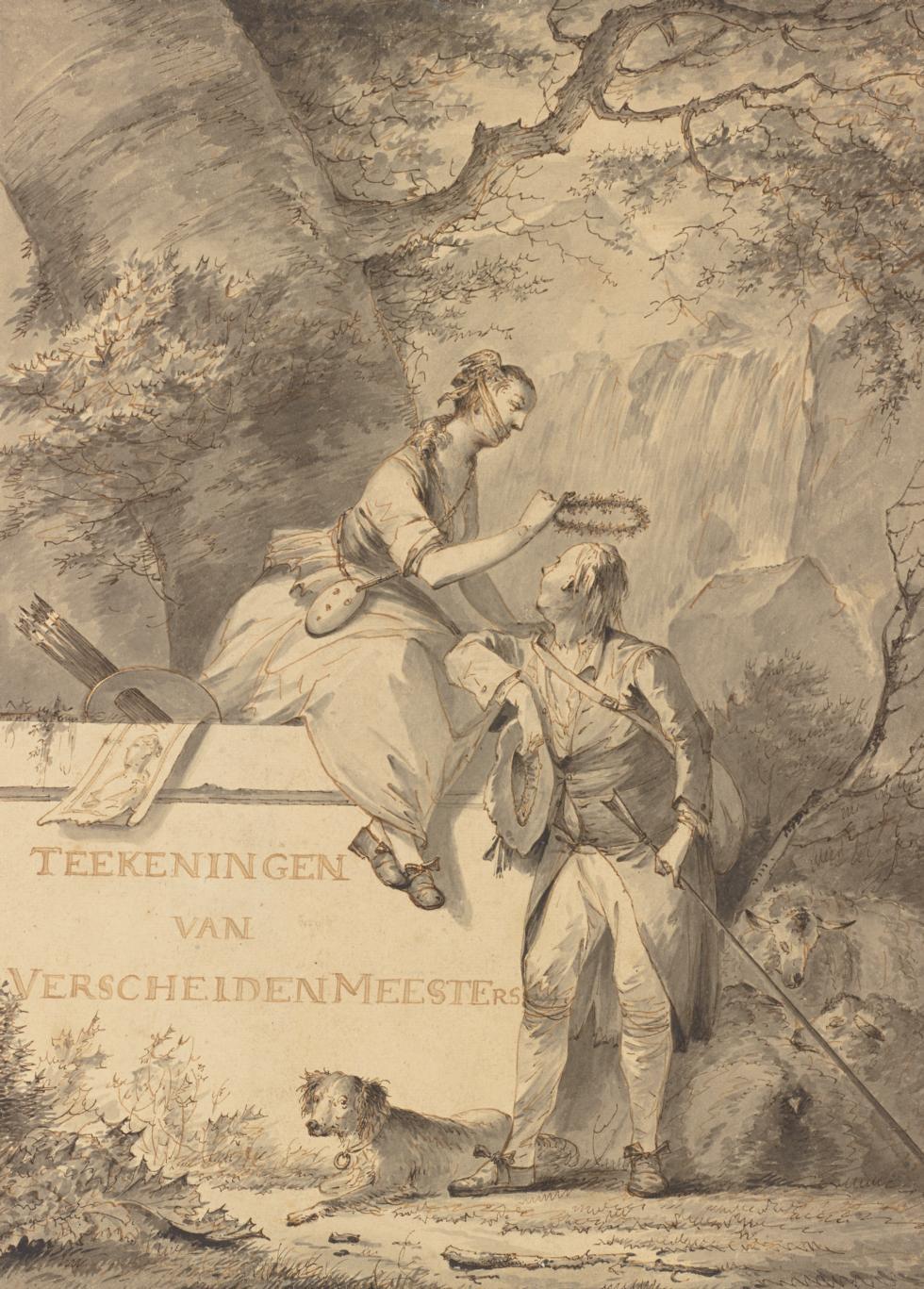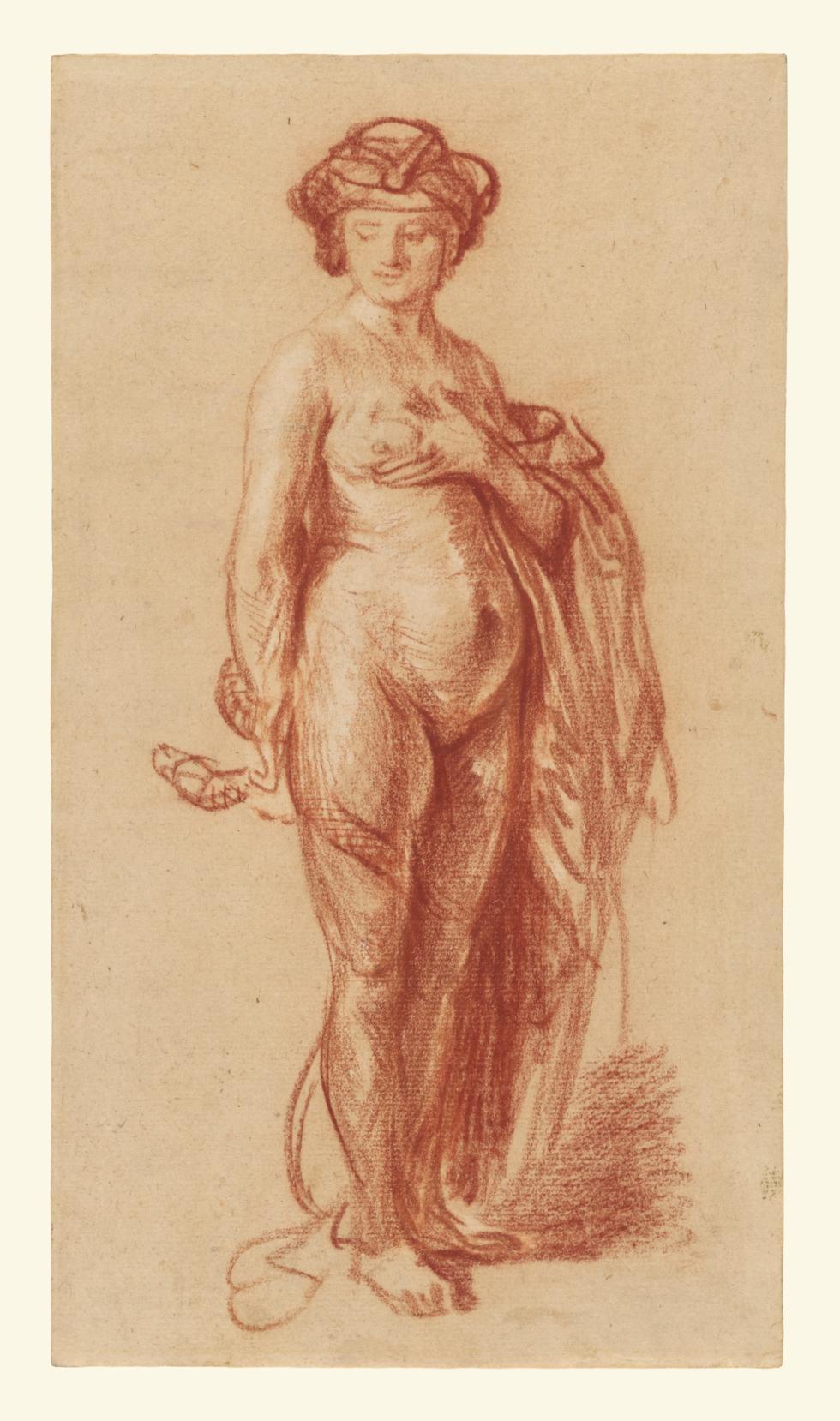This exhibition, drawn entirely from the Getty Museum’s permanent collection of drawings, includes examples from some of the most esteemed artists’ collections in Europe and reveals how and why artists chose works to collect.
An artist’s ability to acquire objects depended on his or her social network and the development of a market for drawings. The first works any artist-owned came from their own hand, and favorite pupils or studio assistants obtained pieces by their teachers. By the end of the fifteenth century, when a market for drawings began to develop, it became easier for artists to acquire artwork from their peers, thereby increasing the scope of their collections.
Drawings were kept and treasured for a variety of reasons. They were used to train students and as reference material for an artist in search of inspiration. Certain sheets were valued for sentimental reasons, while others conferred status by confirming the wealth, power, and knowledge of the collector.
“Artists were among the first to recognize and appreciate drawings’ informative and aesthetic qualities, which is why they are among the first and greatest collectors of drawings,” says Casey Lee, curator of the exhibition. “By declaring their ownership through inscriptions and personalized stamps, the collectors make it possible to reconstruct aspects of a drawing’s life and reception.”
Getty is a leading global arts organization committed to the exhibition, conservation, and understanding of the world’s artistic and cultural heritage. Working collaboratively with partners around the globe, the Getty Foundation, Getty Conservation Institute, Getty Museum and Getty Research Institute are all dedicated to the greater understanding of the relationships between the world’s many cultures. The Los Angeles-based J. Paul Getty Trust and Getty programs share art, knowledge, and resources online at Getty.edu and welcome the public for free at the Getty Center and the Getty Villa.
The J. Paul Getty Museum collects Greek and Roman antiquities, European paintings, drawings, manuscripts, sculpture and decorative arts to 1900, as well as photographs from around the world to the present day. The Museum’s mission is to display and interpret its collections, and present important loan exhibitions and publications for the enjoyment and education of visitors locally and internationally. This is supported by an active program of research, conservation, and public programs that seek to deepen our knowledge of and connection to works of art.



























